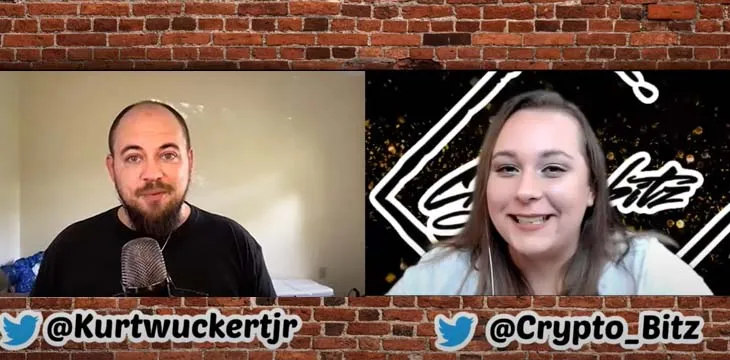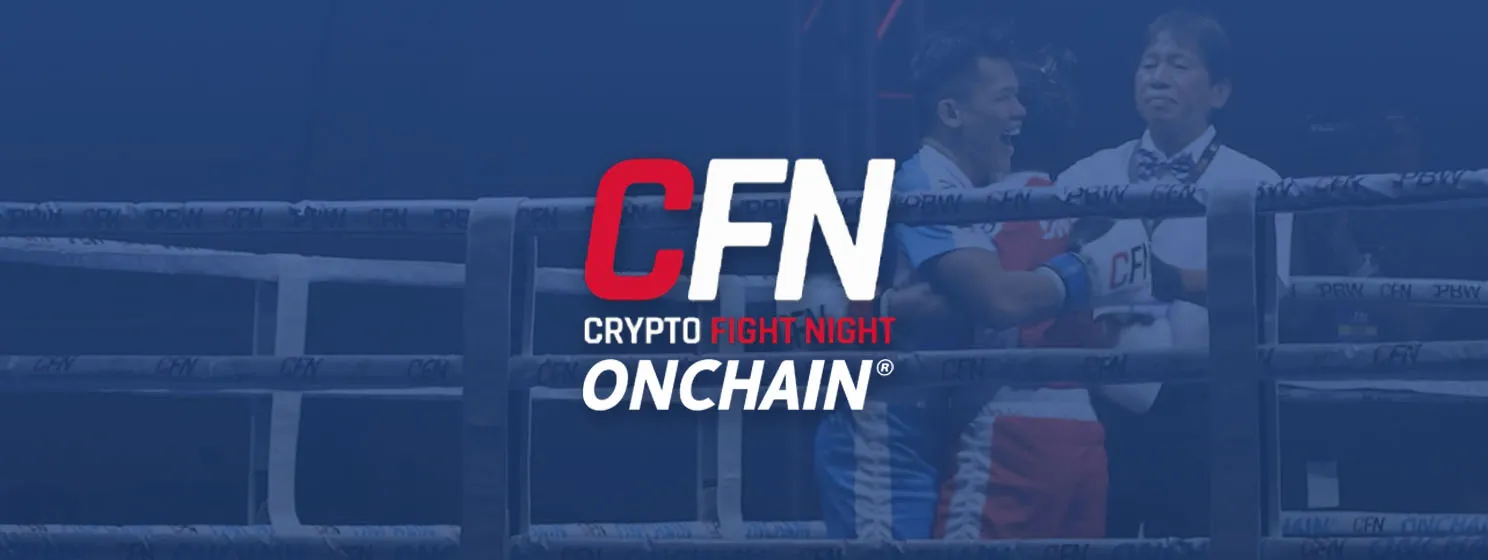|
Getting your Trinity Audio player ready...
|
This October, CoinGeek’s Kurt Wuckert Jr. went on the Crypto Bitz podcast to talk Gorilla Pool, the Kleiman v Wright trial, and Bitcoin SV.
As always, it was an eye-opening and informative chat with one of Bitcoin SV’s brightest minds.
Gorilla Pool
Gorilla Pool is one of the most exciting things to happen in the world of BSV mining this year. Kurt informed Britney that it was a “happy accident” and explained a little about how the first truly distributed mining pool in BSV works.
Gorilla Pool started with the Gorilla DAO (decentralized autonomous organization), which initially raised over $100,000. The members decided to use the money to launch the Gorilla Pool mining operation to provide proof of work on the BSV blockchain.
After some initial teething problems, the DAO eventually decided on pool software, professionalized their nodes, and launched Gorilla Pool by asking people on Twitter to join the pool and mine with them. Now, Gorilla Pool has about 1% of the hash power on BSV, but it mines plenty of blocks and is competitive.
Britney reiterated that there’s been much criticism of the dominance of TAAL Distributed Information Technologies Inc. (CSE:TAAL | FWB:9SQ1 | OTC: TAALF) on BSV and that Gorilla Pool provides some much-needed competition. Kurt said that he’s looking forward to pushing the limits through Gorilla Pool; indeed, they’ve already broken a limit and set a world record.
Bitcoin SV Node update
Next, Britney touched on Bitcoin SV’s node software update v1.0.9 and asked Kurt to elaborate on it, including the new features and the potential negative connotations.
Kurt shared his thoughts on it, freely admitting that he hasn’t yet had time to digest all of the implications. He agreed that each miner should be allowed to set their own policies, including freezing transactions if necessary. However, he pointed out that if a miner doesn’t have preferences about which transactions to process, they shouldn’t necessarily be forked off the network. He said that the priority right now should be avoiding splits.
The challenges of gaining adoption on BSV
Britney’s next question revolved around BSV adoption. She noted that it had been an ongoing challenge to get users to adopt BSV and asked Kurt what he feels we need more of.
“We’re exploring new territory with blockchains in general. We’ve had Bitcoin for 12 years now, and nobody has used it for anything other than gambling,” Kurt said.
Noting that BSV is an attempt to resurrect the idea of peer-to-peer electronic cash and that there’s much exploring going on right now, Kurt mentioned that timing could also play a role in the project’s success. He noted that BSV could die and that victory is not guaranteed but that many of the lessons being taught will serve the world well no matter what happens.
Britney then asked Kurt to elaborate on whether he felt the price played a role in BSV’s relatively lackluster adoption so far. Kurt noted that attacks [such as shorting BSV in an attempt to suppress it] should be expected from the incumbents and that there’s plenty of evidence for companies like Mastercard changing the narrative around Bitcoin.
Drawing the analogy of an ongoing war, Kurt said that it’s never over and that we should expect both big wins and losses. However, in the long run, if we can provide tools that utilize BSV’s superior technology that nobody else can provide, then the price of the coin will come to reflect the economic demand for such a tool.
Could miners ever roll back the chain?
Noting that miners hypothetically can roll back the blockchain to fix errors, Britney asked Kurt what catastrophic situation he could imagine that might necessitate such drastic action.
Kurt mentioned that they had already seen similar measures during the attempted 51% attacks earlier this year. Where a group of rogue miners mined a private chain on nodes that weren’t broadcasting transactions to the network, they built blocks until they were several blocks ahead of the valid chain and then likely double-spent money from their own wallets. Then they broadcast the transactions onto the public network and re-orged lots of blocks. Honest miners coordinated by communicating with each other and orphaning the dishonest blocks.
Debunking some of the myths perpetuated in BTC-land, Kurt explained how mining and nodes work. He noted that Satoshi predicted that Bitcoin would evolve the way it did and that mining would end up in server farms and that the majority of the hash power is controlled by approximately eight companies making them subject to the law.
Recalling Satoshi’s outing and the chaos that followed
Britney kicked off this section by asking if Kurt believes Dr. Craig Wright really did intend to sign publicly back in the day. Kurt mentioned that while it’s a complex story, he has a theory on how it happened.
According to Kurt’s theory, after Satoshi’s emails were hacked in 2014, Dr. Wright left Australia in a hurry and took refuge with a group who wanted him to come out publicly as Satoshi Nakamoto. However, Dr. Wright was told by trustees that he couldn’t move the coins and had already destroyed much of the evidence proving he is Satoshi for his own safety, leading to a chaotic and confusing situation in which Dr. Wright was accused of being a scammer by people with no understanding of how it all unfolded.
In the closing moments of the discussion, the pair briefly covered the Kleiman v Wright trial, which has now reached a conclusion. They mused over what Dave Kleiman’s role might be, and Kurt reiterated that the truth should be revealed in the trial.
Check out all of the CoinGeek special reports on the Kleiman v Wright YouTube playlist.

 07-03-2025
07-03-2025 





